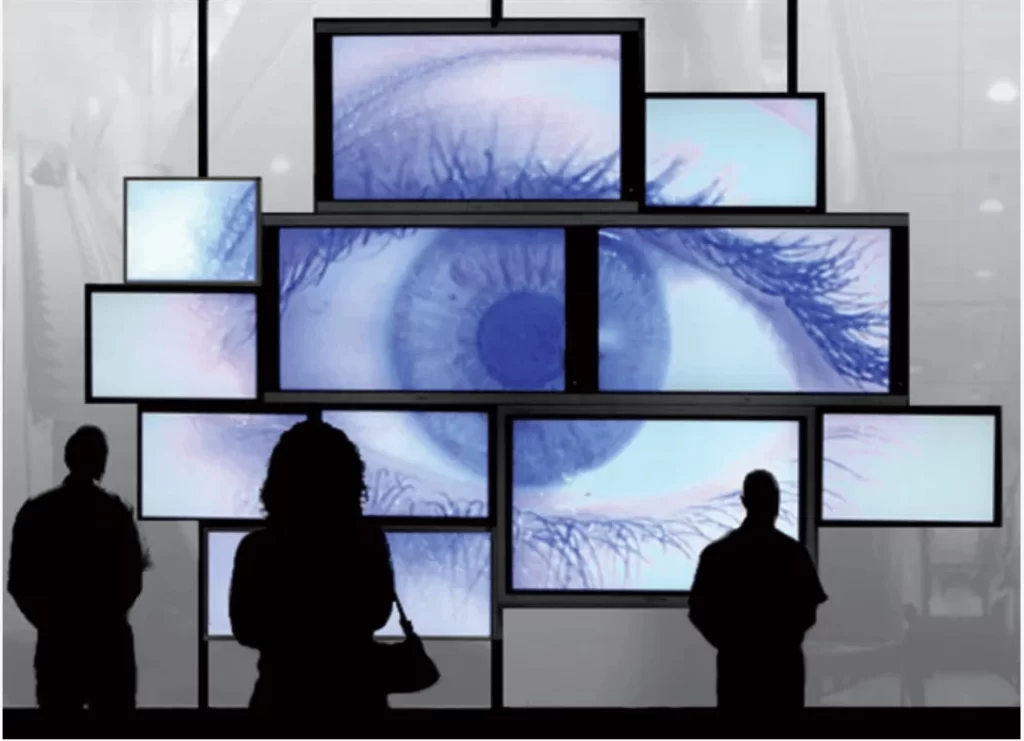What are LED screens?
LED stands for “light-emitting diode.” It is a type of semiconductor device that converts electricity into light. LED displays are made up of many small LED lights that are arranged in a grid pattern to form a screen. These displays are used in a variety of applications, including television screens, computer monitors, and outdoor signage.

Energy efficiency
One of the key benefits of LED displays is their energy efficiency. They use less power than traditional displays, such as those that use cathode ray tubes (CRTs) or liquid crystal displays (LCDs). This makes them more environmentally friendly and can also save energy costs.
LED displays also have a longer lifespan than other types of displays. They can last for several years without requiring maintenance or replacement, which makes them a cost-effective option for many businesses and organizations.
In addition to their energy efficiency and long lifespan, LED displays offer high image quality and a wide viewing angle. They can display a wide range of colors and can be easily seen from various distances and angles. This makes them ideal for use in a variety of settings, including indoor and outdoor environments.
There are a few different types of LED displays, including:
- Direct view LED displays: These displays are made up of individual LED lights that are mounted directly onto a surface. They are often used for large outdoor displays, such as those found on the sides of buildings or on billboards.
- Indoor LED displays: These displays are smaller and are often used in indoor settings, such as conference rooms, shopping malls, and sports arenas.
- Rear projection LED displays: These displays use LED lights as the light source for a projector. They are often used in large venues, such as movie theaters and concert halls.
One of the key factors that determines the quality of an LED display is its pixel pitch, which is the distance between the centers of adjacent pixels. The smaller the pixel pitch, the higher the resolution and image quality of the display.
Another important consideration is the refresh rate of the display, which refers to the number of times per second that the image is refreshed. A higher refresh rate results in a smoother, more realistic image.
In addition to these technical considerations, LED displays also have a number of other features that can affect their performance and usability. For example, some displays have automatic brightness control, which adjusts the brightness of the display based on the ambient light in the room. Others have built-in speakers or support for audio input, which can be useful for presentations or other multimedia applications.
Overall, LED displays are a versatile and popular choice for a wide range of applications due to their energy efficiency, long lifespan, and high image quality.